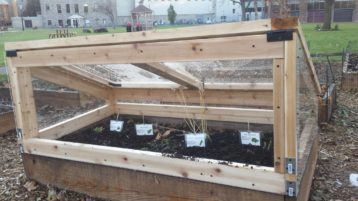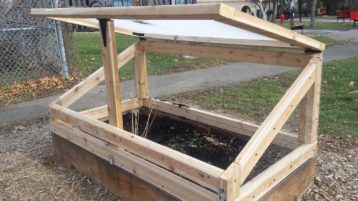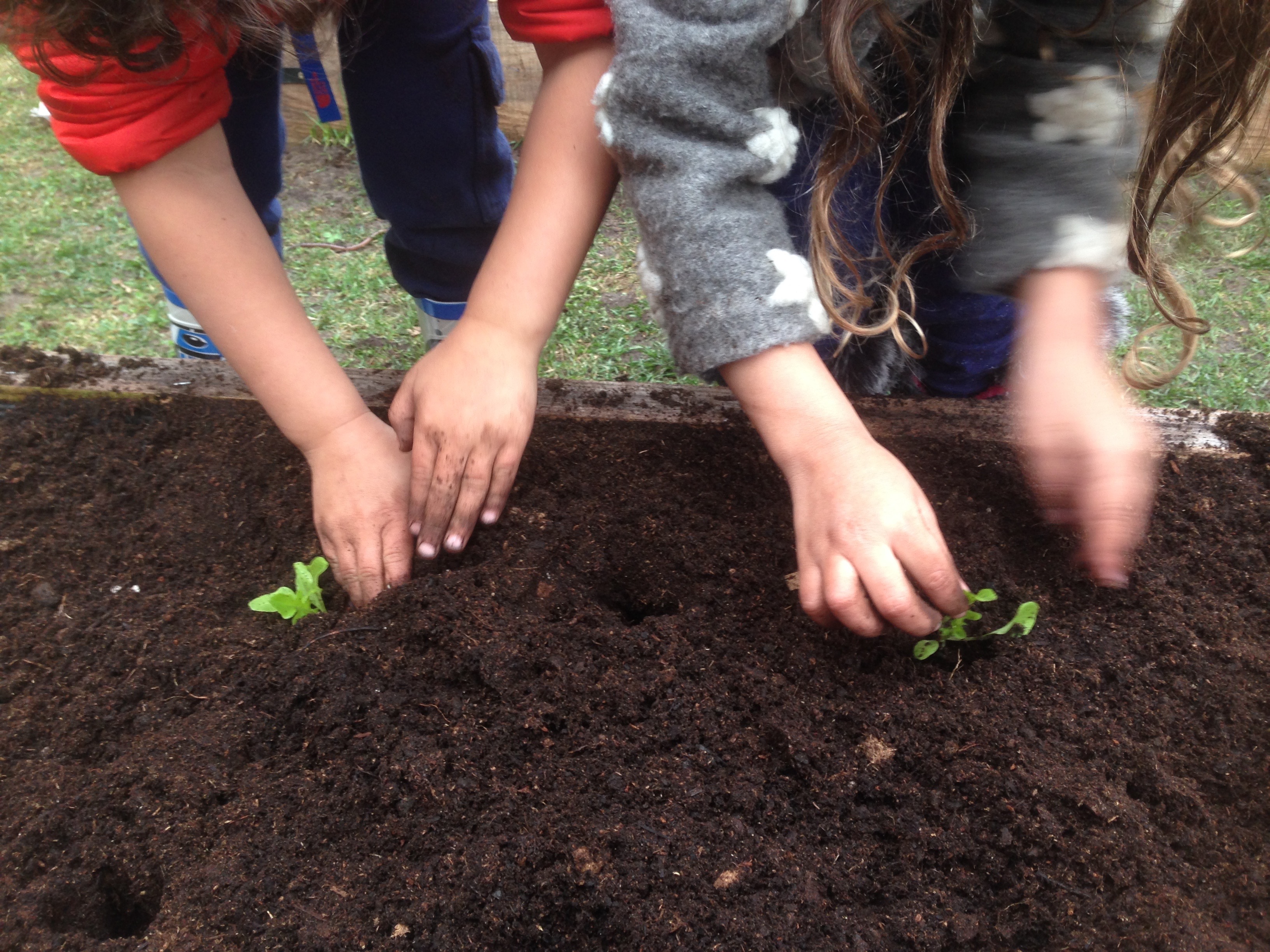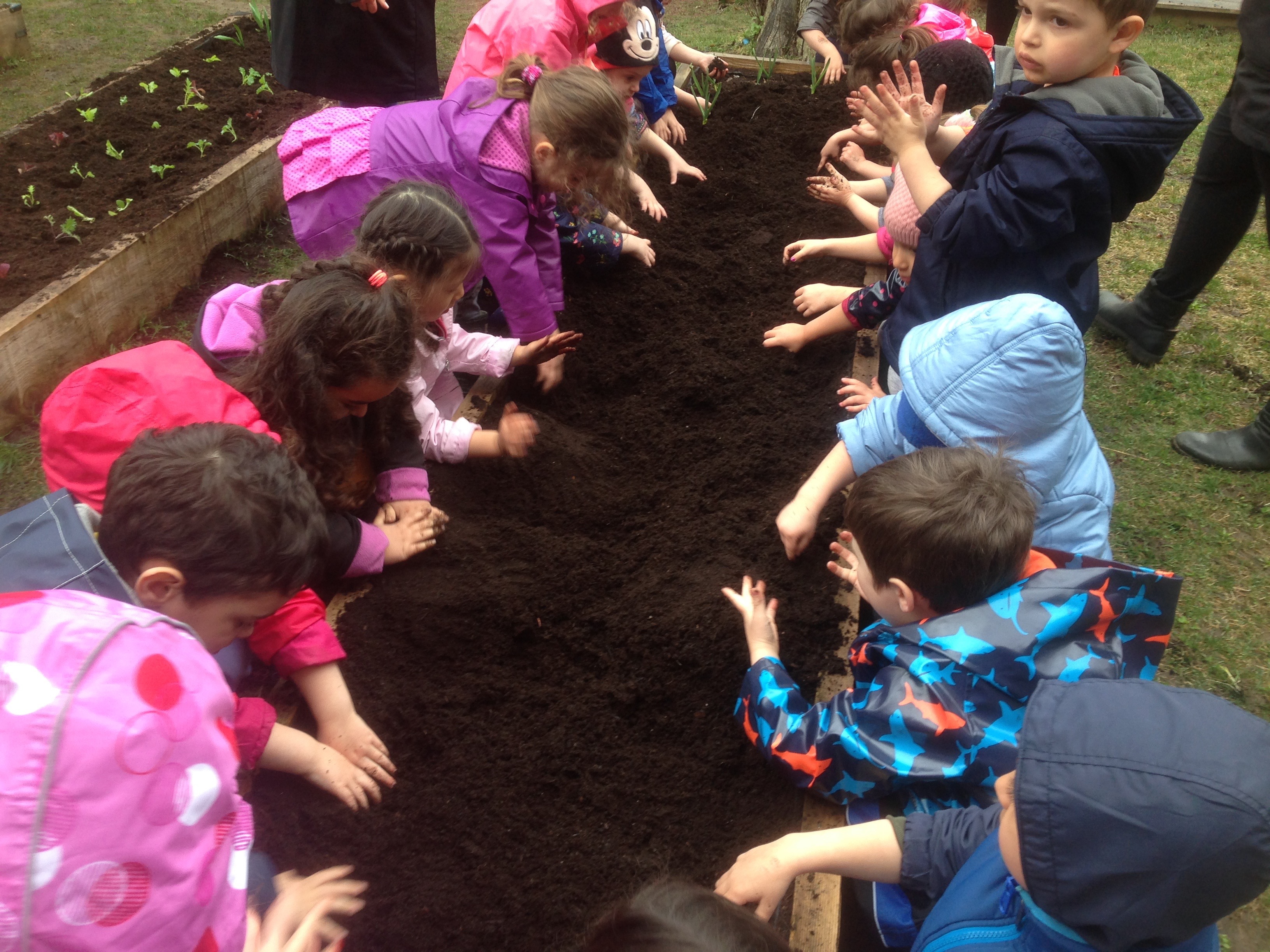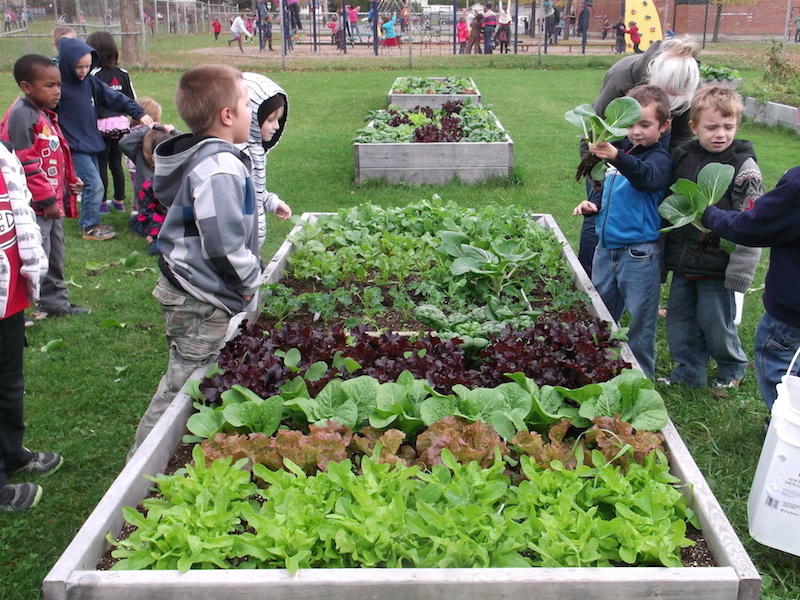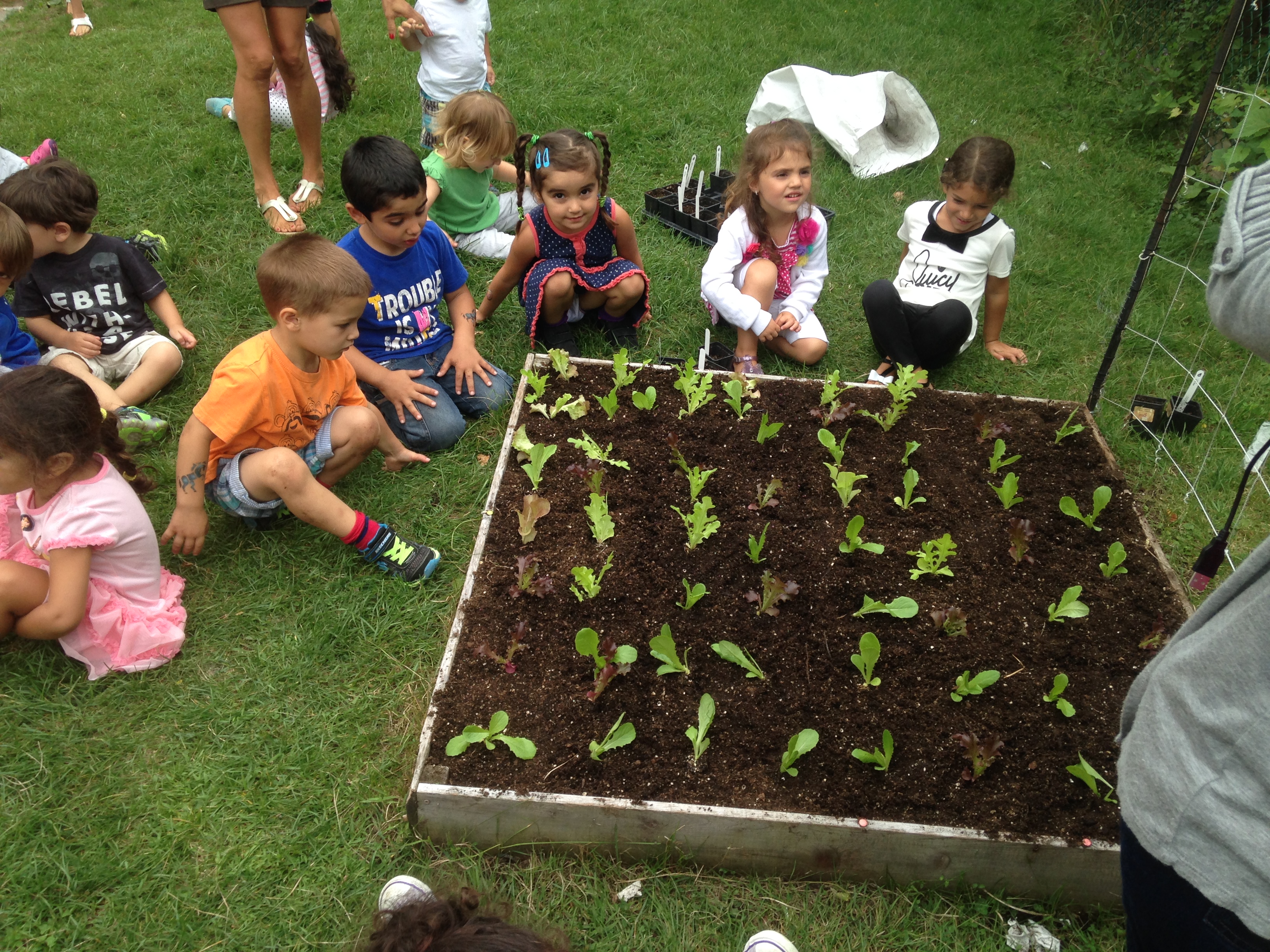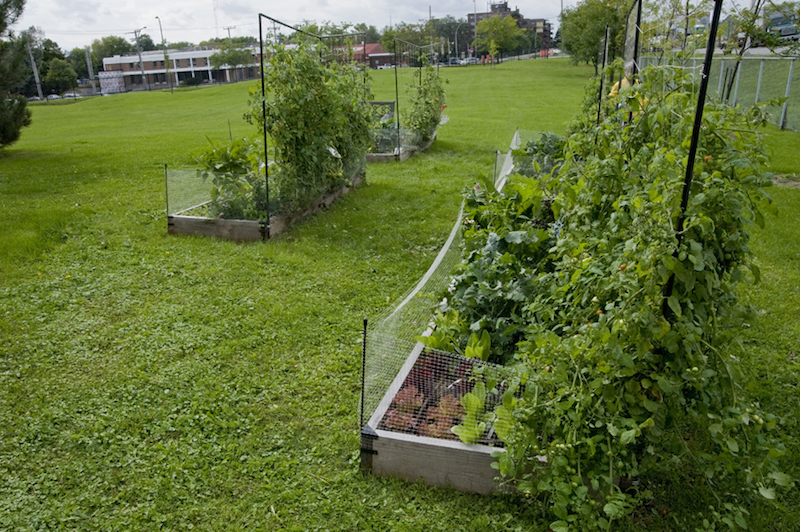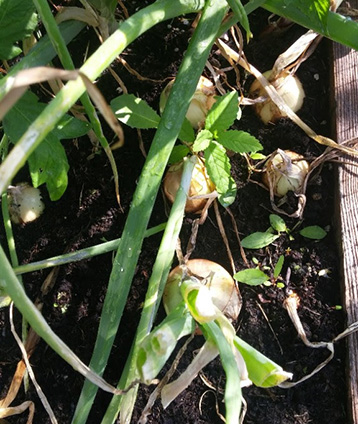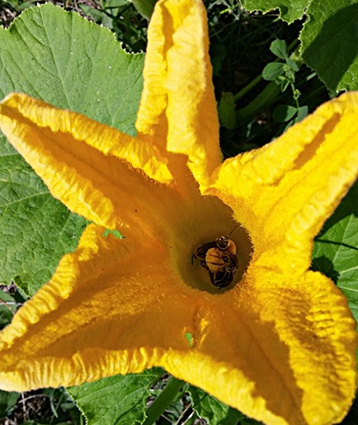Shocking but true! Here in Montreal there is a risk of frost tonight. Your leafy greens should be fine, but if you want to keep your tomatoes, peppers, eggplants and zucchinis going you should cover them with a floating row cover or old sheet. It’s worth int! The temperature should be going back above 20 degrees by the end of next week, so the season is far from over!
Garlic is here
This year we have Music and Chesnok Red varieties in our greenhouse. If you are done with your garden for the year, you can plant garlic cloves in the garden as you close up the garden. Open up the head of garlic and plant each clove about 6 inches apart, about 1.5 inches deep. If you are keeping your garden going, you can plant your garlic right up until the ground freezes! We are closing up our gardens the last week of October and the first week of November.
Harvesting leafy-greens
If you planted fresh leafy greens at the end of August and the beginning of September, you can start harvesting the larger outer leaves and let the inner leaves grow. Just make sure not to remove more than 30% of the leaves at once. You will be able to harvest fresh greens right up until the end of October.
Harvest party at the Greenhouses
Our harvest party is right around the corner. The Grand Potager, Urban Agriculture Centre invites you to un 5@7 in the Verdun municipal greenhouses! For those who joined us last year you know what this is an event not to be missed. Delicious snacks made from the greens from our urban gardens, will be served along with some drinks. Join us to celebrate our second year and discover the greenhouses. There is a guided tour before hand if you would like details on the Grand Potager Garden Centre.
